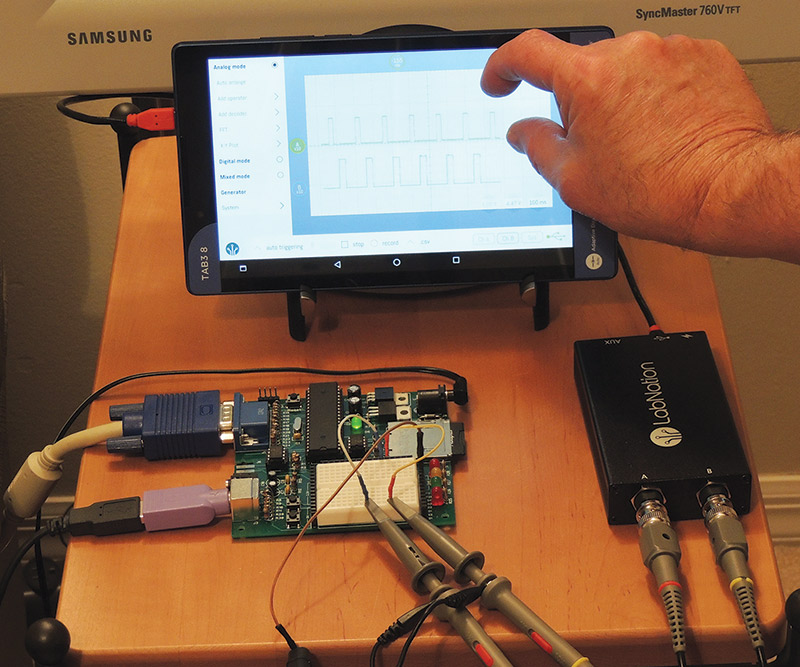

These observations called into question the traditional Aristotelian theses on the perfection of the celestial world, which resided in the absolute sphericity of the stars.
Galileo smartscope 800x90mm about full#
Galileo saw what he considered mountains and craters, evidence that our natural satellite, like our planet, was a rocky body full of irregularities on its surface and not a flawless sphere made of ether, as was believed at the time. The astronomer made direct observations of our star, taking advantage of moments when clouds covered the solar disk, or at dawn and dusk, when the light intensity was more bearable, a practice that left him totally blind at the end of his life. Thanks to this apparatus, Galileo saw that the Sun, considered until then a symbol of perfection, had spots.

That instrument of refraction-1.27 metres long, with a convex lens in front and another concave eyepiece lens-allowed the Italian polymath to become the father of modern astronomy. But that would not have been possible without a less technological, but equally revolutionary, invention- the telescope presented by Galileo Galilei on August 25, 1609. In 1990, humans placed in outer space the most accurate eye ever to gaze at the universe, the Hubble Space Telescope.


 0 kommentar(er)
0 kommentar(er)
